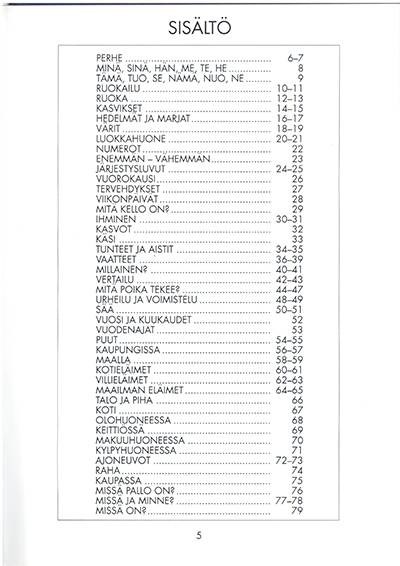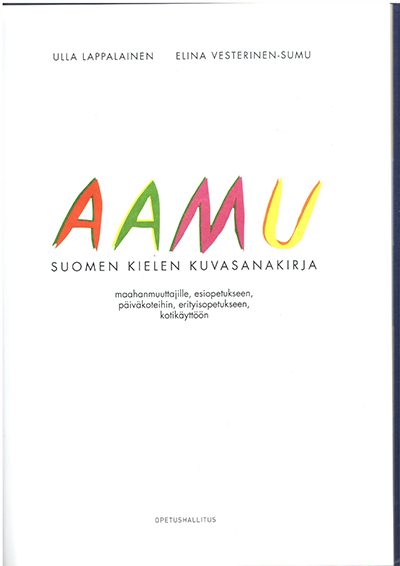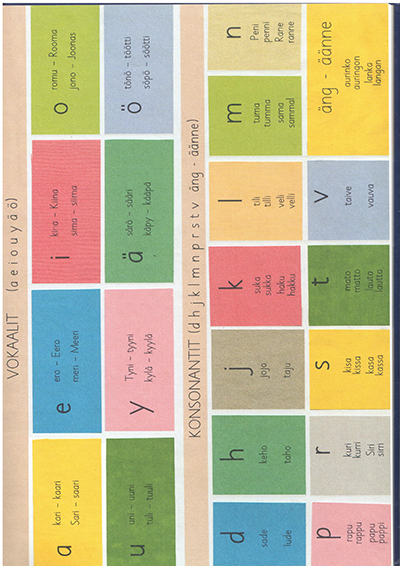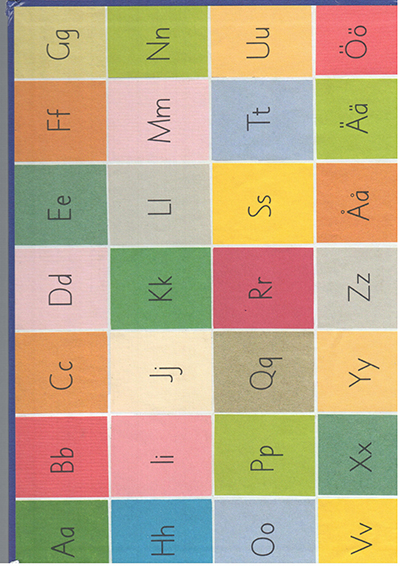| Sorted by date | |||
page196from Building Ideas
architecture
today: that is, to see architecture return to pure architecture, to form
without utopia; in the best cases to sublime uselessness.28
To
the deceptive attempt to give architecture an ideological dress, I shall always
prefer the sincerity of those who have the courage to speak of that silent and
outdated ‘purity’; even if this, too, still harbours an ideological inspiration,
pathetic in its anachronism.29
In
contrast to this pessimistic conclusion, the Marxist critic Fredric Jameson has
recently offered a more hopeful response. He has specifically tried to transcend
Tafuri’s “peculiarly frustrating position”30 and propose a more positive agenda
for architecture as a means of orientation within the homogenized environment
of a global “late-capitalism”. Jameson borrowed a notion from Kevin Lynch’s
book The Image of the City in order to develop a political version of what
Lynch had termed the technique of “cognitive mapping”. This originated from
research on how people construct mental maps in order to navigate particular
routes and areas within confusing urban environments. To Jameson this became a
way of describing a possible Marxist aesthetic, whereby political opposition
might be similarly orientated within the hegemony of capitalism:
…
in which we may again begin to grasp our positioning as individual and
collective subjects and regain a capacity to act and struggle which is
|
|||
|
|||
|
|
 ... ...
... ... ... ...
... ... ... ...
... ... ... ...
... ... ... ...
... ... ... ...
... ... ... ...
... ... ... ...
... ... ... ...
... ... ... ...
... ... ... ...
... ... ... ...
... ... ... ...
... ... ... ...
... ... ... ...
... ...